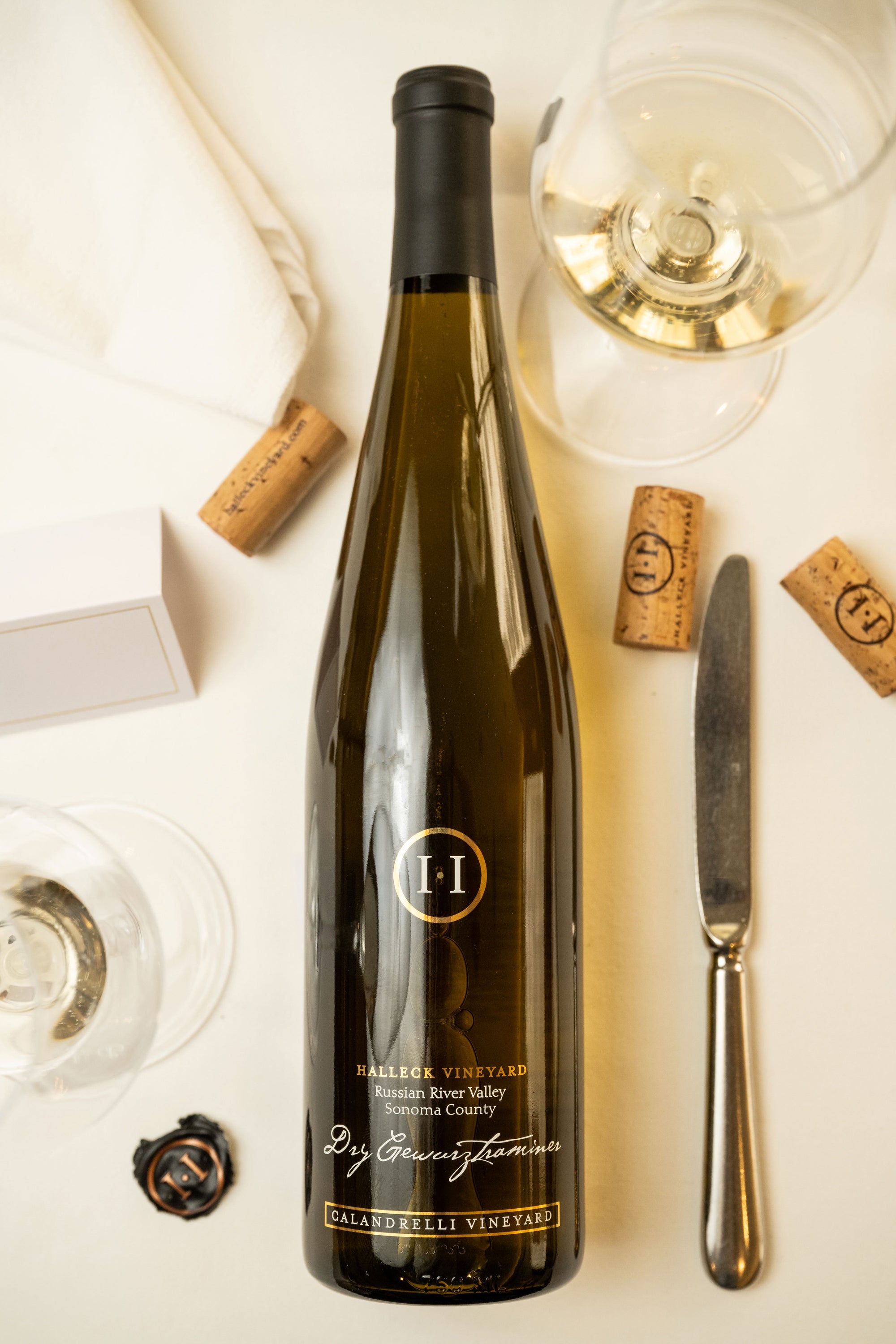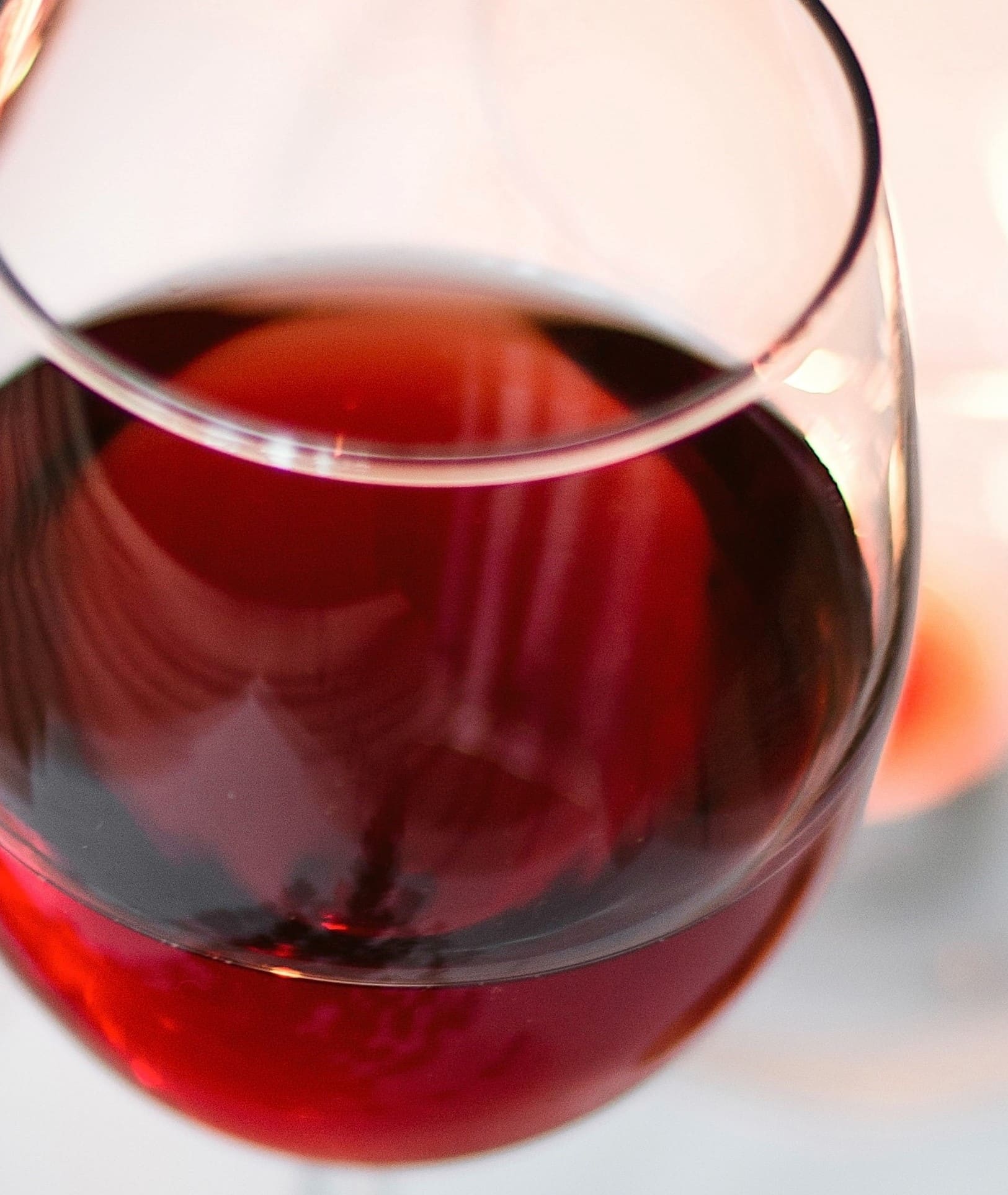Special Wine Tasting Festivals in Sebastopol
Understanding the nuanced vocabulary associated with winery wine tasting is important for each novices and seasoned connoisseurs alike. Each term brings to life the experience of tasting wine and may improve one’s appreciation of the many intricacies involved. Wine tasting is extra than simply drinking; it's an art that includes varied senses and feelings.
To begin with, the term "nose" refers to the aromas one detects when smelling the wine. This is a vital step because the bouquet sets the stage for the tasting experience. Notes of fruit, spice, earth, and wooden might mingle, providing a glimpse of what the palate would possibly confirm. Understanding "nosing" the wine can dramatically elevate one's sensory journey.
One Other key aspect is the term "body." The body of the wine describes its weight and fullness on the palate. A full-bodied wine has a robust presence and tends to linger longer after swallowing. Conversely, light-bodied wines may feel more delicate and refreshing. Recognizing the body helps tasters assess the wine's structure and balance.
From Vine to Glass of Sebastopol Vineyards 95403
The idea of "tannins" is important in red wine tasting. Tannins are compounds derived from grape skins, seeds, and stems, contributing to a wine's texture and growing older potential. High tannin wines often end in a dry mouthfeel, whereas decrease tannin levels yield a smoother experience. This distinction is particularly important when pairing wines with food, as tannins can either complement or clash with sure dishes.
In addition to tannins, "acidity" performs a major role in the wine tasting experience. Acidity provides wine its crispness and liveliness - Craft Your Perfect Sonoma Wine Tasting Adventure. Wines with greater acidity tend to be refreshing and energizing, making them glorious companions for quite so much of meals. Recognizing acidity can drastically improve one’s food-pairing capabilities and total tasting enjoyment.
When delving into the flavor profile of a wine, one could encounter the term "finish." The end refers to the aftertaste that lingers within the mouth after swallowing. A long end is usually related to high-quality wines, as it signifies complexity and depth. A brief end may recommend a simpler wine. Understanding how to consider the end can reveal much a few wine's character.
Exploring the "vintage" can be integral to wine tasting terminology. The vintage denotes the year by which the grapes were harvested. Totally Different years can yield vastly completely different results because of variations in local weather conditions. For instance, a scorching summer season can produce more concentrated flavors, while a cooler 12 months would possibly yield more delicate, nuanced wines. Understanding vintage permits for a deeper appreciation of a wine’s origin and potential.
Hidden Wineries in California You Cannot Miss 95407
The term "terroir" encompasses the geographical and environmental components that contribute to a wine's distinctive character. Factors corresponding to soil sort, climate, elevation, and topography all play a job in the flavor and high quality of the wine. This connection to place helps one perceive why wines from different areas can taste so distinctively completely different, even when produced from the identical grape variety (Secrets to the Best Kept Secrets of Sonoma County).
When engaging with wines, the phrase "leg" refers again to the droplets that kind on the within of the glass after swirling. These droplets can indicate the wine's alcohol content and viscosity. Whereas observing the legs may not instantly relate to the wine’s taste, it adds to the general experience and intrigue of wine tasting much less transparent.
Family-Friendly Wine Tasting Options in Sonoma County 95404
A more specific term which will arise throughout tastings is "oak." The affect of oak barrels on wine can impart flavors corresponding to vanilla, toast, or spice. The diploma of oak getting older can vary widely among wines, affecting both aroma and taste. Understanding oak remedy offers insights into the winemaker’s decisions and the ensuing complexity of the wine.
In wine tasting, one may additionally hear the term "palate." The palate refers to the total style experience within the mouth. This encompasses sweetness, bitterness, acidity, and physique. A well-balanced palate is important for a harmonious tasting experience, and recognizing any imbalances helps assess the quality of the wine.
The experience of wine tasting is significantly enriched by understanding the terminology that accompanies it. Each term serves a purpose, enhancing the ability to convey thoughts and emotions in regards to the wine one's experiencing. This vocabulary bridges communication between tasters, sommeliers, and winemakers alike.
To totally get pleasure from wine tasting, it's important to have interaction all senses. The sight of the wine, its colour, and clarity can provide insight into its age and high quality. Swirling the wine releases aromas that heighten the olfactory experience, whereas the precise tasting allows for a complete analysis of the wine's profile.
Best Wine Tasting Rooms in California
In conclusion, understanding the detailed explanation of winery wine tasting terminology greatly enhances the experience of tasting. Each term invitations the taster to have interaction extra deeply with the wine, encouraging connections to the senses, the winemakers, and the lands the place the grapes are grown. This nuanced vocabulary creates a richer, extra fulfilling wine tasting experience.
- Aroma refers to the scents released by the wine, which can indicate its grape variety and influence the tasting experience.
- Tannins are natural compounds present in grape skins, seeds, and stems, contributing to the wine's construction and growing older potential.
- A end, or aftertaste, is the lingering flavor sensation that continues to be on the palate after swallowing, usually a key indicator of high quality.
- Physique describes the burden and fullness of wine within the mouth, usually categorized as light, medium, or full-bodied.
- Terroir denotes the distinctive environmental traits of a winery that affect the taste and quality of the wine, including soil sort and climate.
- Acidity is a critical component that contributes to a wine's freshness and balance, impacting its aging functionality and total flavor profile.
- Vintage signifies the 12 months grapes have been harvested and plays a big role in determining the wine's traits, reflecting specific weather conditions.
- Decanting entails pouring wine from its bottle into one other vessel, allowing it to aerate and enhancing its flavors and aromas.
- A corked wine could also be tainted by a faulty cork, resulting in musty or off-putting flavors that detract from the wine's intended profile.
- The term “legs” refers back to the droplets that cling to the within of a glass after swirling, usually related to the wine's alcohol content material and viscosity.undefinedWhat is the that means of "nostril" in wine tasting?undefinedThe "nostril" refers to the aroma profile of the wine, which is detected via the sense of odor. It's a vital facet of wine tasting, as aromas can reveal lots concerning the grape variety, winemaking course of, and growing older.
How ought to I correctly taste wine?undefinedTo taste wine successfully, follow these steps: observe the color, swirl the wine to aerate it, take a gentle sniff to seize the aromas, sip and let it coat your palate, and at last, note the end. This approach helps in appreciating the wine’s complexity.
What are "tannins" and how do they affect wine?undefinedTannins are pure compounds found Visit Your URL in grape skins, seeds, and stems that contribute to a wine's structure and astringency. They can create a drying sensation within the mouth, and so they also play a task within the wine's getting older potential.
Discover Secret Wineries in Sebastopol

What does the term "steadiness" mean in wine tasting?undefinedBalance refers to the harmony between the completely different elements of a wine, corresponding to acidity, sweetness, alcohol, tannin, and flavor depth. A well-balanced wine could have every of those elements supporting each other rather than overpowering the others.
What is the importance of "terroir" in wine tasting?undefinedTerroir encompasses the environmental factors—such as soil, climate, and geography—that affect the characteristics of the wine produced in a selected area. Understanding terroir helps tasters recognize the distinctive qualities that totally different areas impart to their wines.
What does "vintage" mean and why is it important?undefined"Vintage" signifies the yr when the grapes had been harvested. It is crucial as a outcome of it impacts the wine’s quality and characteristics, as climate circumstances during the growing season can considerably influence flavor profiles and aromatics.
What are "legs" and what do they signify?undefined"Legs" check with the droplets that kind and run down the inside of a glass after swirling wine. Whereas they'll indicate alcohol content and viscosity, they don't determine quality—this is more about personal notion of richness.
Scenic Routes in Sebastopol for Your Next Adventure 95461

What does "full-bodied" mean versus "light-bodied"?undefined"Full-bodied" wines are rich, dense, and infrequently have higher alcohol content material and sophisticated flavor profiles, while "light-bodied" wines are extra delicate and refreshing with a lower alcohol content material. This distinction helps tasters understand the anticipated weight and mouthfeel of the wine.
How can I determine fruit flavors in wine?undefinedTo identify fruit flavors, think about the aroma and taste profiles. Swirl you could look here the wine, inhale deeply to seize the bouquet, and focus on particular characteristics. Familiarity with typical fruit profiles of assorted grape varieties can enhance this identification course of.
What is "finish" in wine tasting?undefinedThe "end" refers to the aftertaste that lingers within the mouth after swallowing. A long, advanced finish is commonly a sign of high quality in a wine, as it displays the depth of flavor and total craftsmanship in the winemaking course of.